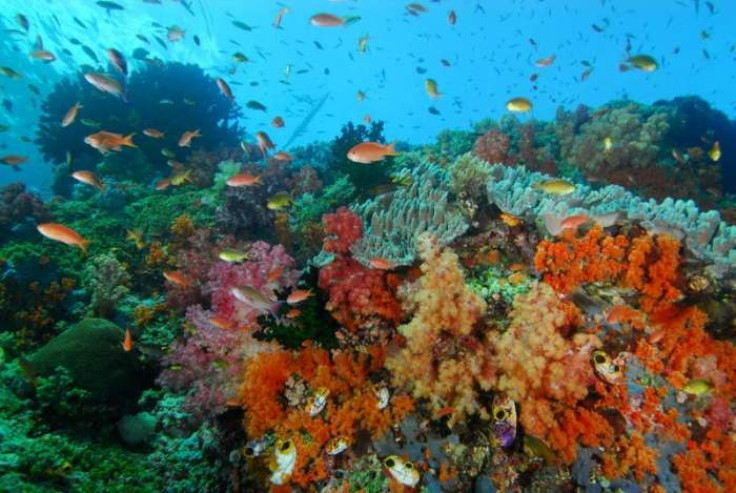Living Cold Water Coral Reef Discovered on Greenland Coast

The very first Greenlandic reef has been discovered off the coast of Cape Desolation in southwest Greenland.
Although corals are known to exist in Greenland, this is the first discovery of a cold water reef. It was found by a Canadian team of researchers, who accidentally came across the spot while collecting water samples.
Former by cold water corals with limestone skeletons, the reef is situated south of Lvittuut in the country. It is approximately 900 metres below the surface and little is known about the area, as the strong currents make it difficult to reach.
Researchers retrieving their measuring instruments from the water noticed broken pieces of broken coral when examining damage inflicted upon the equipment.
Speaking to Sciencedaily.com, Helle Jørgensbye, a PhD student, revealed: "At first the researchers were swearing and cursing at the smashed equipment and were just about to throw the pieces of coral back into the sea, when luckily they realised what they were holding."
Another research vessel returned to the area to retrieve images of the newly-discovered reef, which is located on the continental shelf. Cold water coral reefs live in total darkness, as the sun's rays do not reach that deep.
Coral reefs are built up of small coral animals in colonies. Cold water types get their nourishment from capturing small animals, rather than relying on light for energy. The Greenlandic reef is formed from Lophelia corals, yet other types can be found on the west coast of the country.
According to Jørgensbye, discovering a Greenlandic coral reef was not a complete surprise, as they are known to exist on the surrounding countries.
She said: "It's been known for many years that coral reefs have existed in Norway and Iceland and there is a lot of research on the Norwegian reefs, but not a great deal is known about Greenland.
"There are coral reefs in the countries around Greenland and the effect of the Gulf Stream, which reaches the west coast, means that the sea temperature gets up to about 4 degrees, which is warm enough for corals to thrive.
"In addition to the comparatively warm temperature, a coral reef also needs strong currents. Both these conditions can be found in southern Greenland," said Jørgensbye.
© Copyright IBTimes 2024. All rights reserved.






